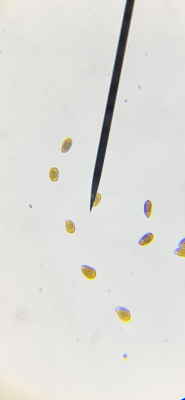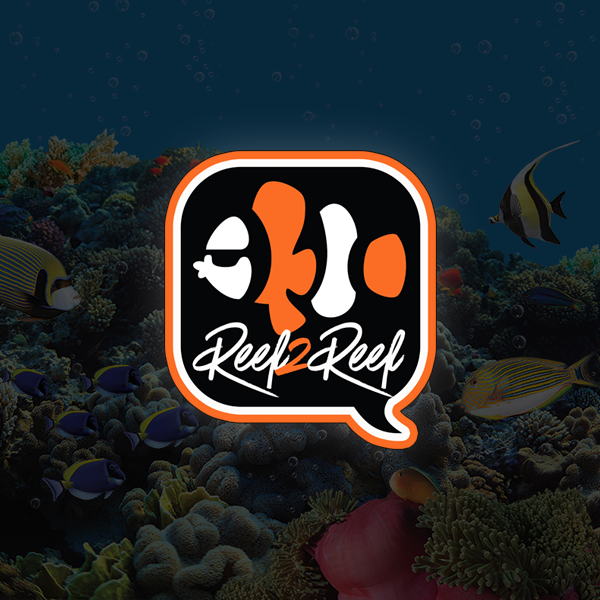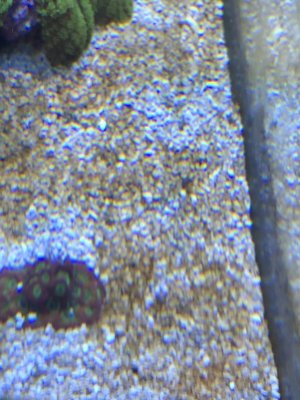- Joined
- May 13, 2019
- Messages
- 96
- Reaction score
- 43
Unfortunately, I'm still struggling with amphidinium. The tank was looking pretty good a week ago, I could go 3/4 days without the sand looking too brown/red before stirring it up again.
For some reason, the amphidinium has come back in force. Possibly because my nitrate/phosphate dropped.
I'm now dosing Monopotasiium phosphate and potassium nitrate in the ATO. My levels are 10ppm Nitrate, 0.6 ppm phosphate and 1ppm silicate. All tested with Salifert.
I got the microscope out again to confirm it was still amphidinium. This is what I can see...

and on the back glass, diatoms?

For some reason, the amphidinium has come back in force. Possibly because my nitrate/phosphate dropped.
I'm now dosing Monopotasiium phosphate and potassium nitrate in the ATO. My levels are 10ppm Nitrate, 0.6 ppm phosphate and 1ppm silicate. All tested with Salifert.
I got the microscope out again to confirm it was still amphidinium. This is what I can see...
and on the back glass, diatoms?





















